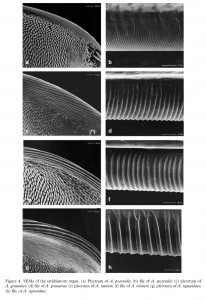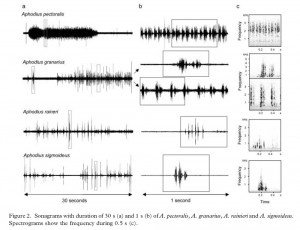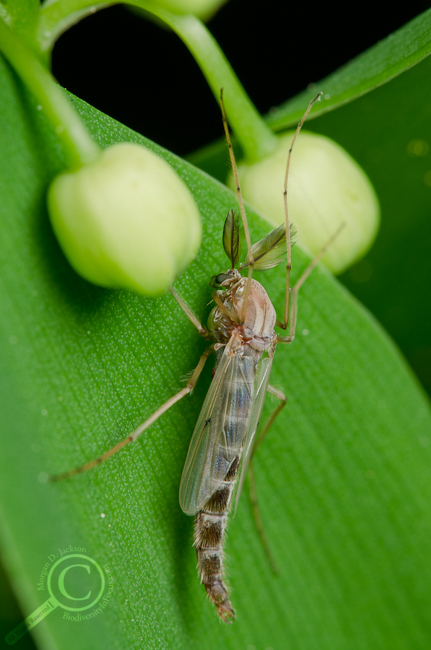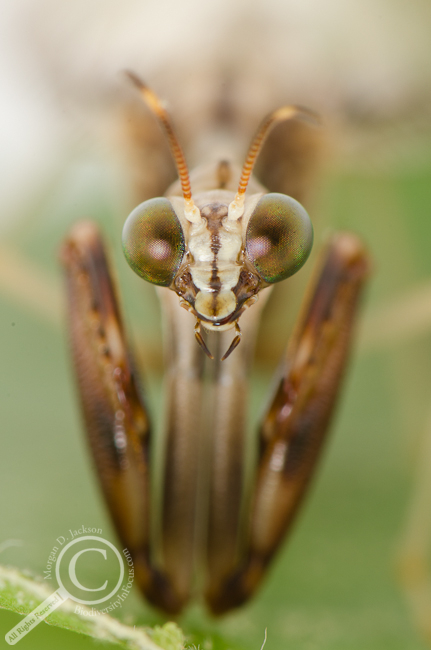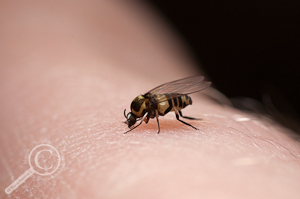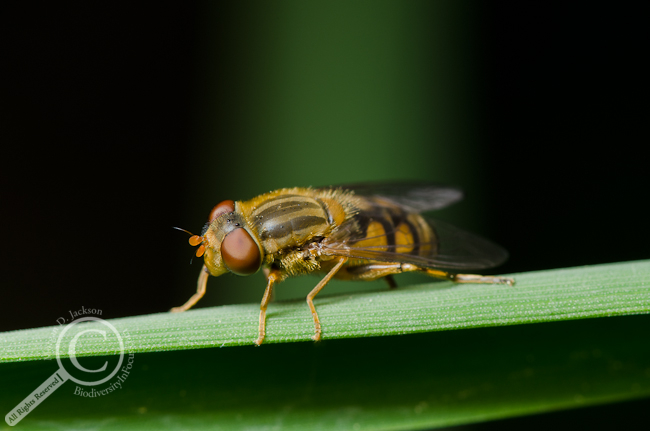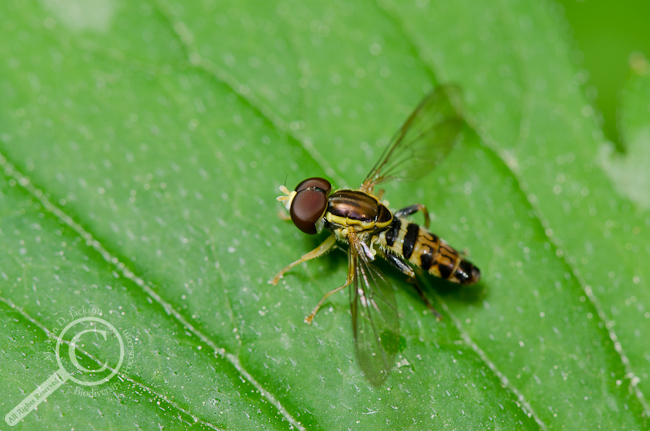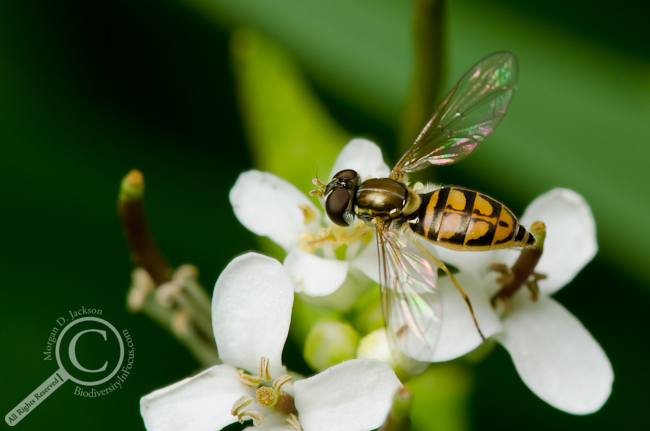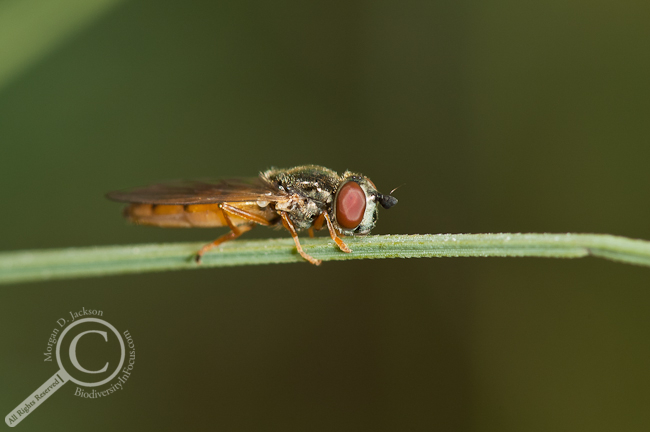 When I first found this song, I had to double check that the artist actually titled it “Call of the Beettle”, and sure enough, it was spelled that horribly. I guess it’s supposed to be “hip”, I don’t know.
When I first found this song, I had to double check that the artist actually titled it “Call of the Beettle”, and sure enough, it was spelled that horribly. I guess it’s supposed to be “hip”, I don’t know.
With that settled, I was curious whether there was any scientific validity to a song about calling dung beetles, and it just so happens that there are plenty of dung beetles which signal one another through stridulation! Take for example Aphodius ater, a European dung beetle which has been shown to serenade ladies over a fine meal of barn yard waste (Hirschberger, 2001)!
It seems that most (if not all) of the 1200 Aphodius species communicate in a similar manner (Kasper & Hirschberger, 2005). The sounds themselves are made by rubbing a file (found on the base of the membranous hind wings) against a structure known as the plectrum on the first abdominal segment. As can be seen, the structures are variable between species, and so are the resulting songs.
So now that we know that the artist can’t spell but does have a solid handle on scarab beetle biology, lets check out the song!
I assume Aphodius beetles understand one another better than I understand that song… Reading the lyrics doesn’t help either, and may have confused me even more! Oh well, at least we learned about dung beetle dinner conversation!
This song is available on iTunes – Call of the Dung Beettle – Sonic Imperial – Sounds of the Prophets
![]()
Hirschberger, P. (2001). Stridulation in Aphodius Dung Beetles: Behavioral
Context and Intraspecific Variability of Song Patterns
in Aphodius ater (Scarabaeidae) Journal of Insect Behavior, 14 (1), 69-88 DOI: 10.1023/A:1007801713479
Kasper, J., & Hirschberger, P. (2005). Stridulation in Aphodius dung beetles: Songs and morphology of stridulatory organs in North American Aphodius species (Scarabaeidae) Journal of Natural History, 39 (1), 91-99 DOI: 10.1080/00222930310001018877


